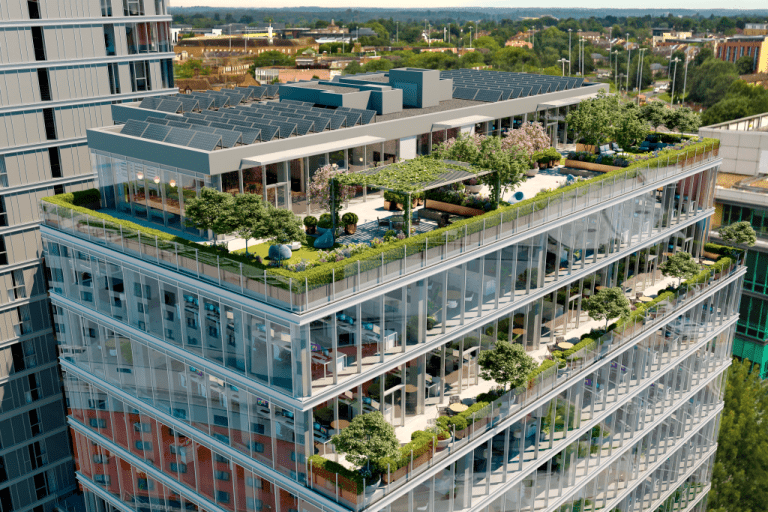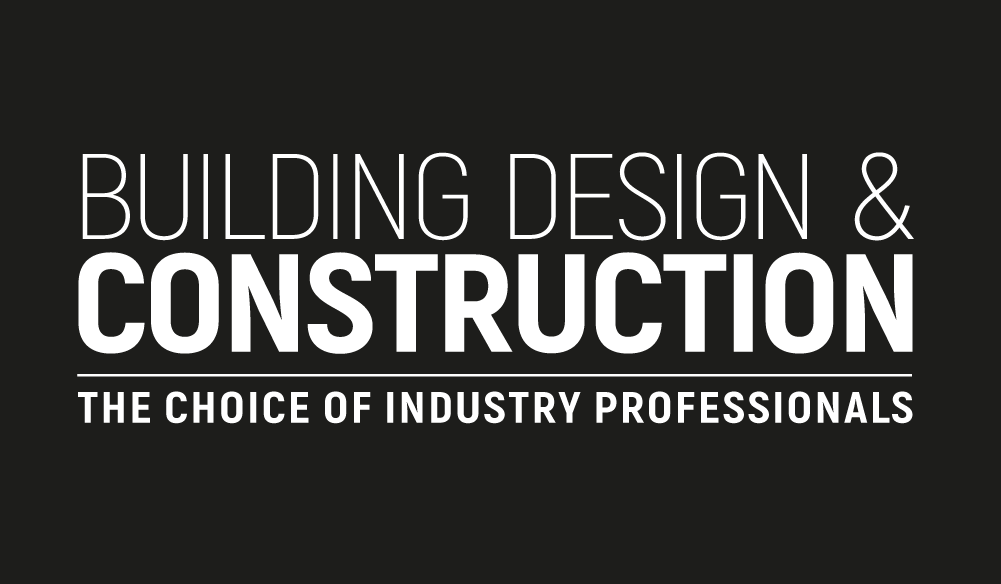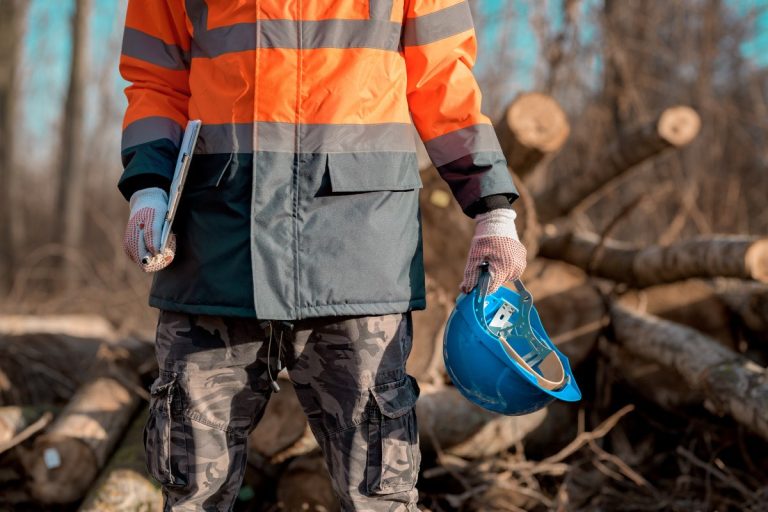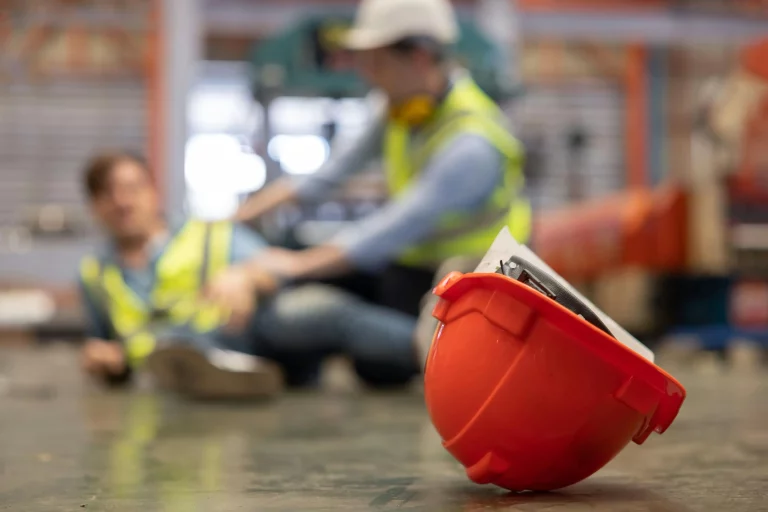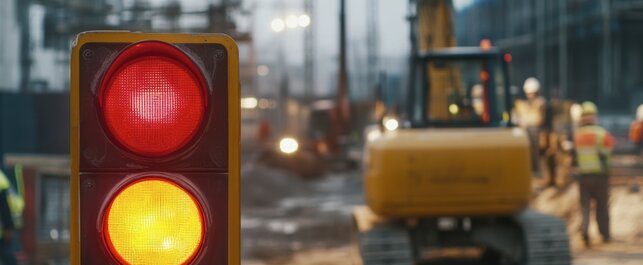If you work in the construction industry, then you might love it. It’s a blue-collar job that lets you erect buildings. You can also design them, which pays even more. However, if you work in construction in a hands-on capacity, you must acknowledge that some risk almost always goes into that. Even if you feel that you’re being very safe, there’s still some danger that goes with the territory. If you injure yourself while on a construction site, then maybe you feel like you didn’t cause the accident, and you can blame someone else, like the company or a coworker. If that happens, then you will probably find out pretty quickly why experience matters in construction accident cases. You will likely need to seek out an experienced personal injury lawyer who knows all about these kinds of cases. Once you have retained one, you can hopefully get the monetary compensation that you feel you’re due. You might wonder why the construction industry sees so many accidents and fatalities, though. It’s a topic worth considering, so let’s do so right now. You’re Often Up on the High Steel If you look at the construction industry, you’ll quickly see the exciting or even thrilling aspects of it. However, we’d be remiss if we didn’t mention some of the negatives. If you work in construction, then you might have to work up on the high steel sometimes. If you’re erecting a building, then you may have to work hundreds of feet in the air. That’s inherently dangerous. If you slip and fall, you might plunge to your death. If you survive, you may break some bones. That’s why, if you’re going to work very high up in the air, you should know the proper safety precautions and follow them to the letter. If you make a mistake just once, you might not live to make another one. You’re Around Heavy Machinery The construction industry also involves lots of heavy machinery. Maybe you know how to operate some of it. When you do, you can further the project’s objective. You can also make a lot of money if you have the requisite licensing. If you’re around heavy machinery, though, there’s a risk element that you can’t ignore. Much like working high up in the air, if you’re operating a piece of heavy machinery, like a wrecking ball or a crane, you need to know what you’re doing. If you make a single accident, you might hurt yourself, but you may also hurt or kill someone else. That’s why you need to go through the proper training before anyone will even let you near one of these enormous pieces of construction equipment that’s capable of knocking down a building or moving literally tons of material around. Some Individuals Don’t Take the Proper Safety Precautions You might also have a situation where someone working in construction doesn’t take the proper precautions. If they don’t wear a helmet, and something falls on them, then it can cause a traumatic brain injury. Maybe you will have a tool chest or a single tool that falls from a decent height and hits someone in the head. With no helmet, this individual might sustain a skull fracture from which they’ll never recover. You might have a scenario where someone should wear safety goggles and gloves because they’re around an open flame. They may look directly at the flame by accident and damage their eyesight. The Hiring of Undocumented Workers There’s one other aspect of the industry that’s worth mentioning. Some construction companies want to save money, so they’ll hire undocumented workers. Such workers often come from here from other countries, and if they’re not in the US legally, then the construction company might try to pay them under the table. They may pay them less than minimum wage, and these individuals won’t go to the police or register a complaint because they fear deportation. This can make a work site more dangerous as well. Even if these individuals have the necessary skill set to do the job, they might not speak English as a first language. If that’s the case, then they often can’t communicate effectively with their supervisors or coworkers. Because of that, they may make a mistake because they didn’t know all the protocols for that job site. If someone working in the construction industry doesn’t have the language skills to understand the warnings printed on signs or that their supervisors give them, then they can hurt themselves for that reason. You’re Often Facing Strict Deadlines The construction industry also has another danger aspect, and that’s a tight deadline. If you have a strict deadline by which you need to erect a building, then you might instruct your workers to put in some long hours to try and finish the project on time. If you do that, then maybe everything turns out fine, but other times, that extra haste causes accidents. If you have workers trying to finish a project with just a couple of days to go, then maybe they’ll more easily make a mistake. If they’re fatigued, it’s even more likely. You’re Around Fire and Sharp Blades In the construction industry, you’re also around flames all the time, and if you’re not careful, you can start a fire. You might hurt yourself trying to put it out. You may burn yourself, or you might damage your lungs if you inhale some smoke. You’re around many sharp blades as well. You can easily cut yourself, but if you’re extremely unlucky, you might even lose a few digits or a limb. If you’re working in construction or running a construction company, then you need to do all you can to promote safety. If that means only hiring documented workers, you should do that. If it means slowing down a little so that your employees do the job right rather than doing it fast, that is advisable as well.
